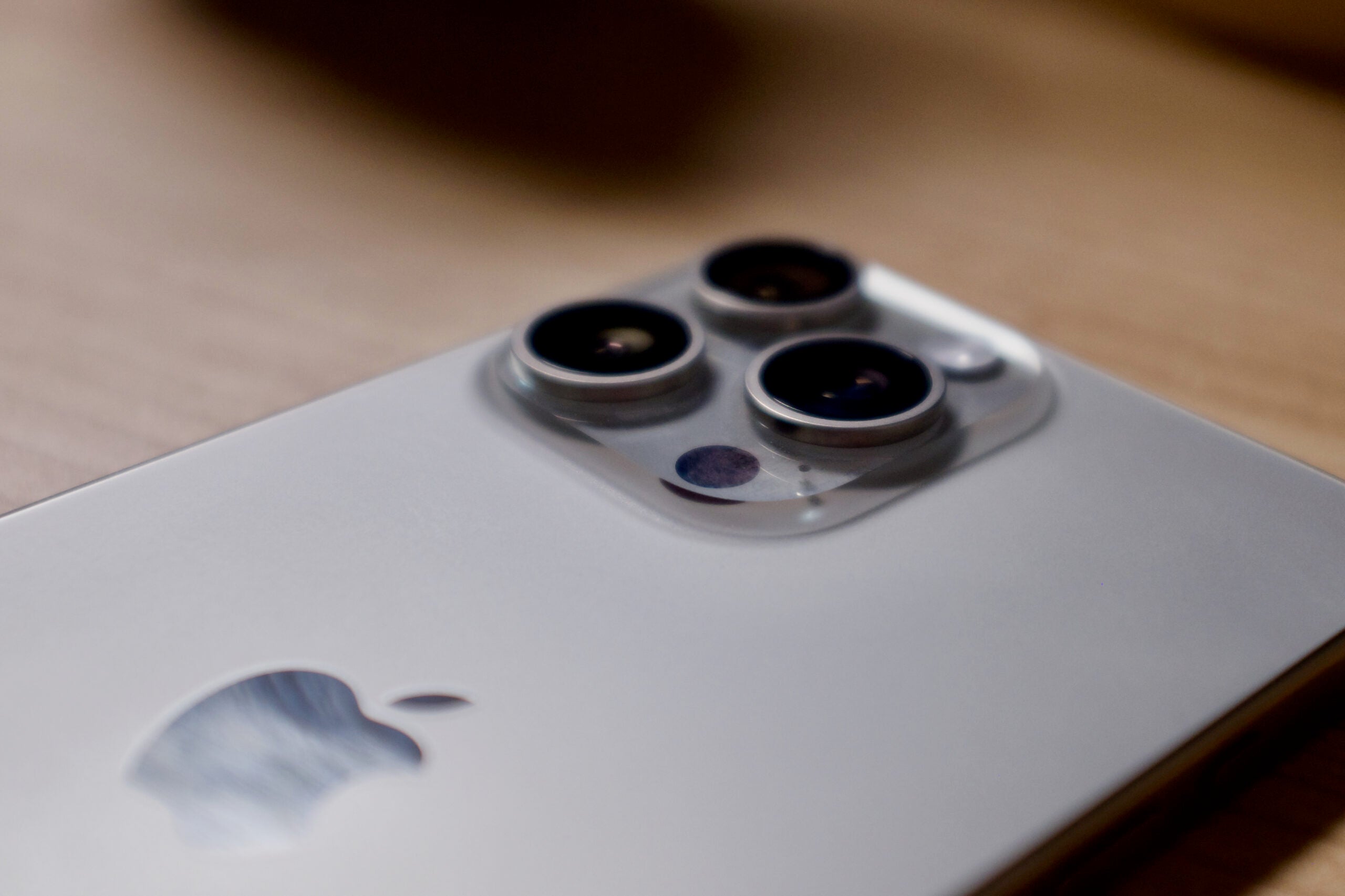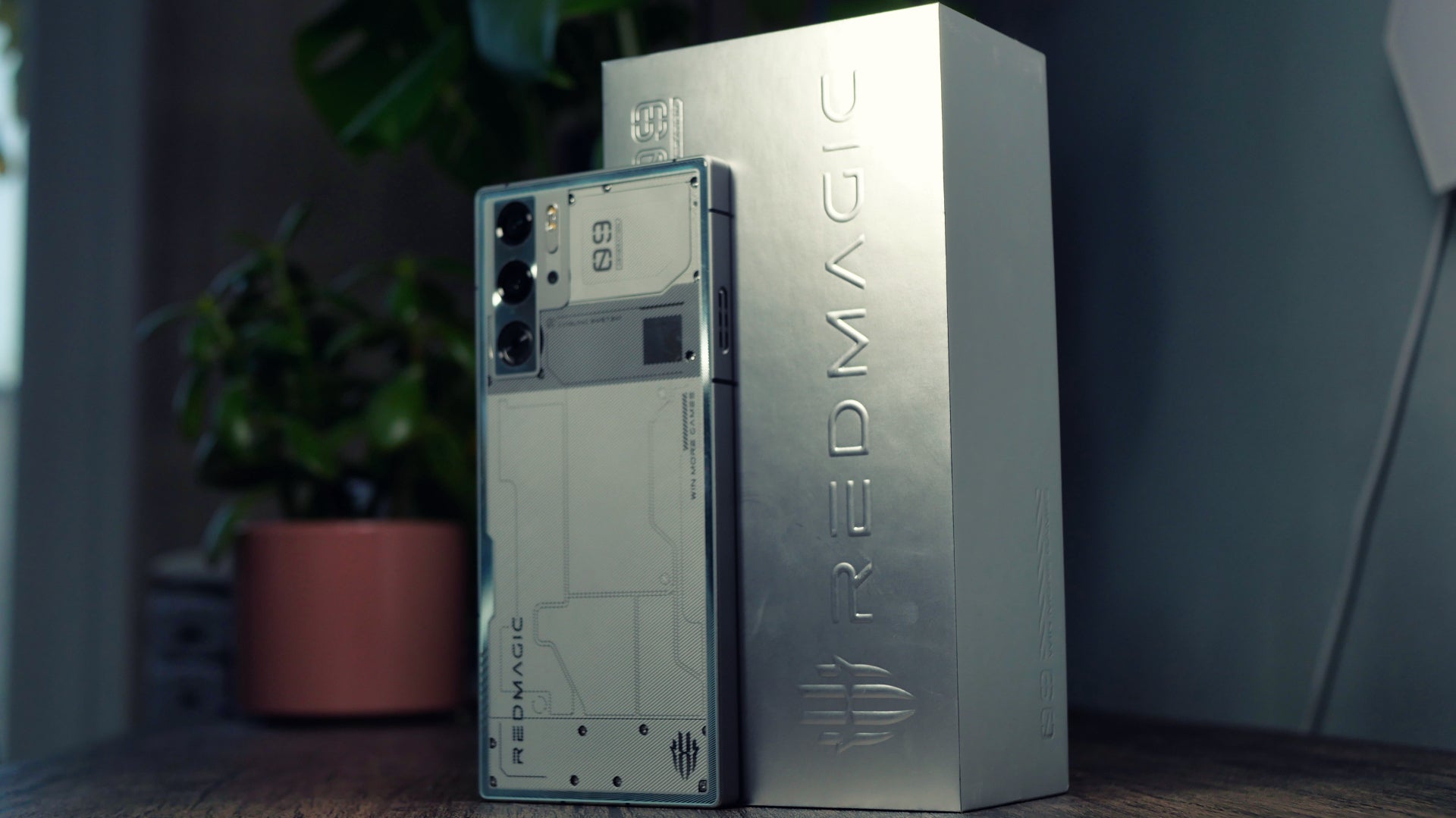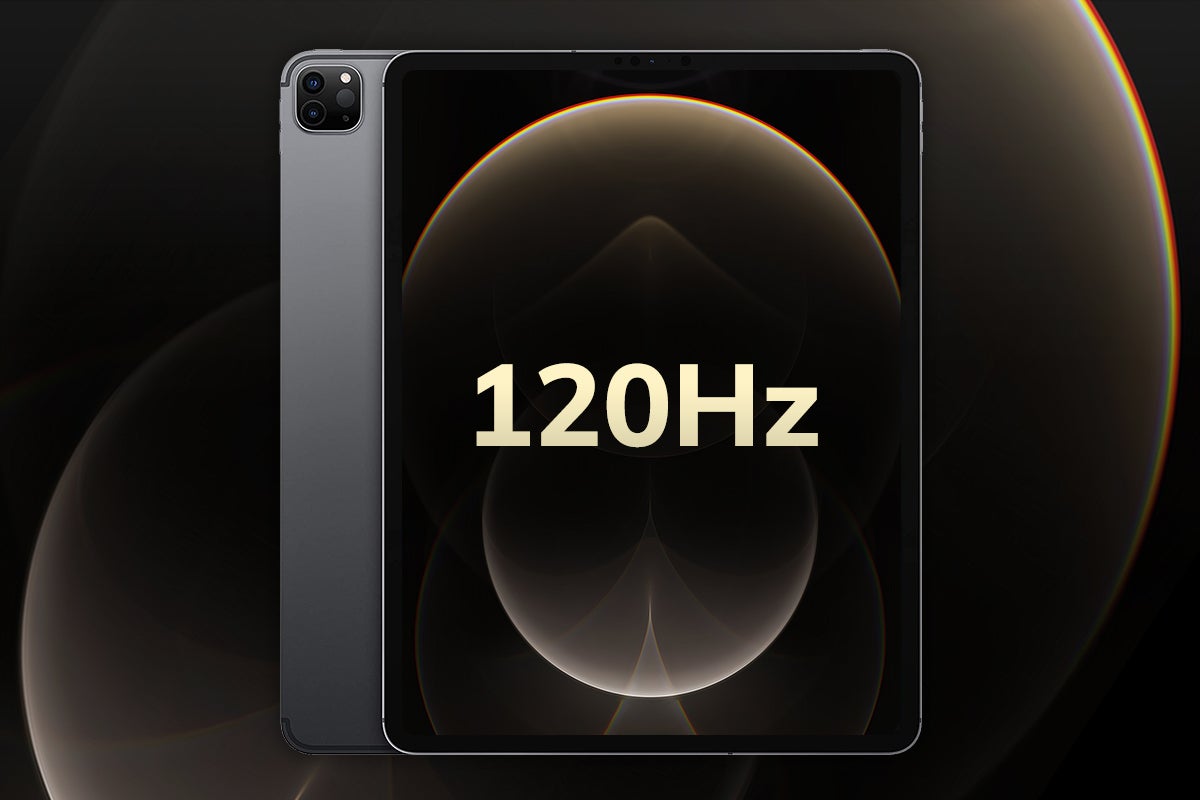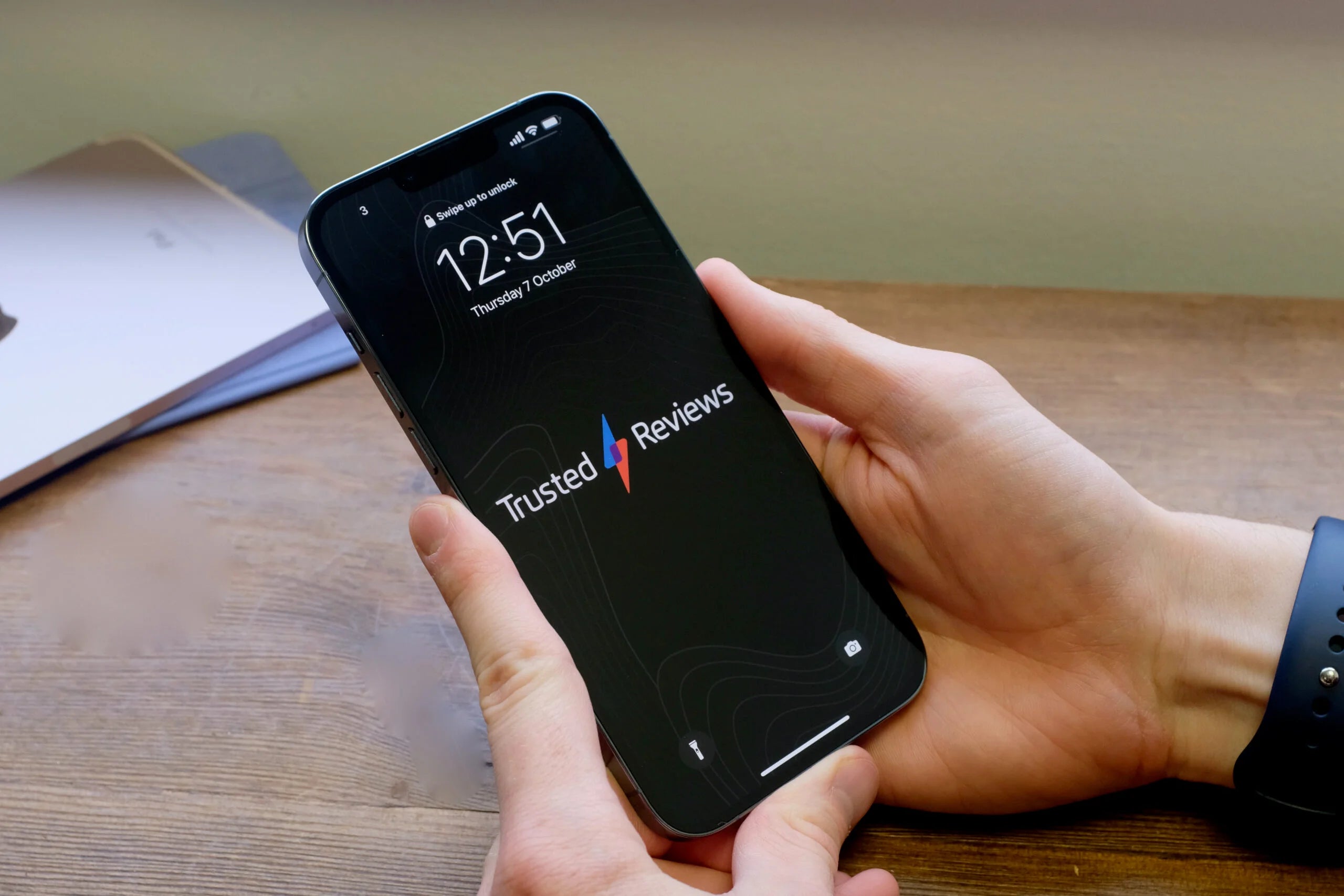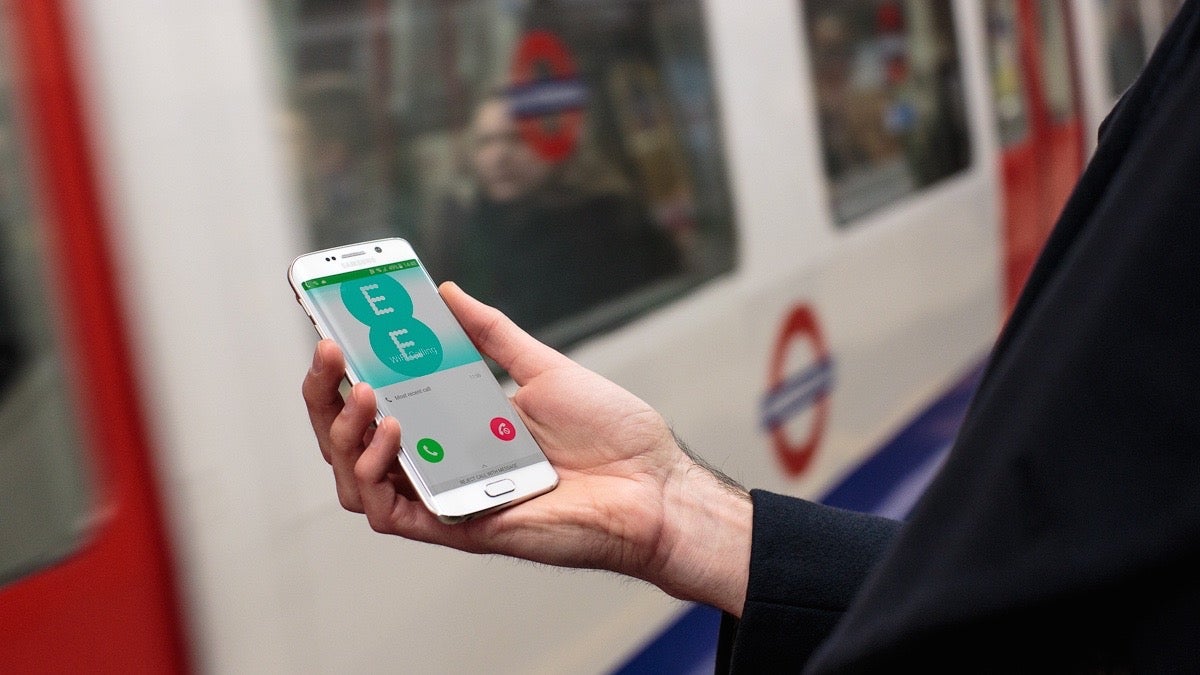What is wireless charging?
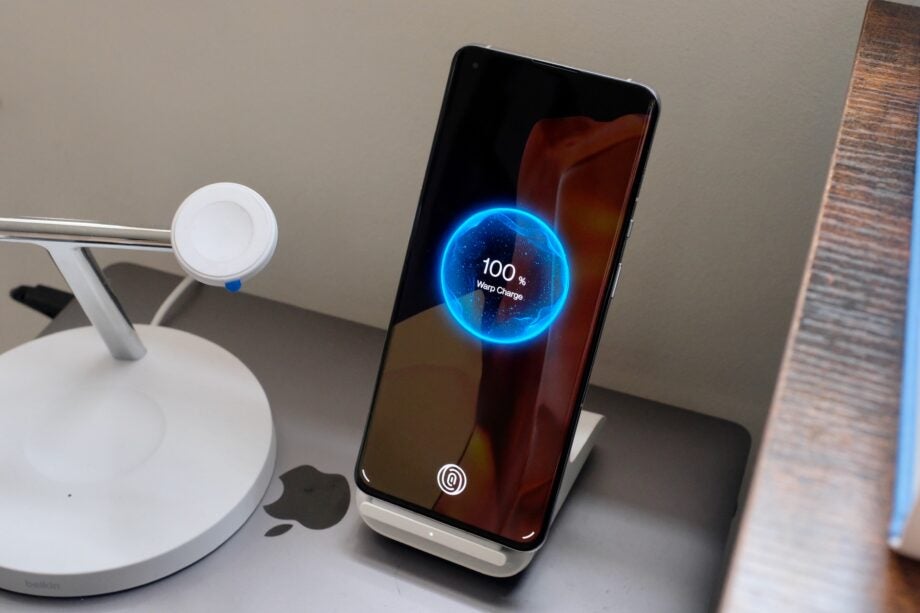
Many modern phones boast of the ability to charge wirelessly, but what does that mean for you and how does it actually work?
Once a futuristic-sounding feature that seemed to good to be true, wireless charging is now a standard part of many our daily lives due to the vast number of products that use it.
Wireless charging does exactly what it says on the tin; rather than plugging your device into a mains socket or another device such as a laptop to charge, you can simply put it on a compatible charging pad and the battery will recharge without there being any physical connection whatsoever between it and your device. It really is as simple as that.
How does wireless charging work?
There is an induction coil in both the charging pad and your electronic device, with one of these working as a transmitter and the other working as a receiver. The two of these create magnetic fields through which energy is passed in order to recharge your battery.
What is reverse wireless charging?
Reverse wireless charging is the ability to change your phone from being the device that receives charge, into the one that can charge other devices. So instead of using a charging pad, you can switch this feature on for your phone and then charge up other devices than are are capable of wireless charging, including another phone or earbuds for instance. Many brands, including Samsung, use the tech at the moment, with the Galaxy S22 Ultra‘s ability to wirelessly charge the firm’s Galaxy Buds Pro being staple part of the company’s marketing.
What is Qi wireless charging?
You may also see refences to “Qi” wireless charging (which is pronounced as “chee”). This is the most commonly-found wireless charging standard, with which most but not all wireless chargers on the market are compatible. You can use any Qi wireless charger with a Qi compatible device, even if they are made by different manufacturers. Before purchasing a wireless charger, make sure to check that it will be compatible with your device.
Which phones offer wireless charging?
These days there are a vast number of phones that are capable of wireless charging, including the iPhone 13 series and the Samsung Galaxy S22 series, so providing an exhaustive list would not be particularly instructive. However it is still regarded as a premium feature, so you’ll most like find it in flagship smartphones as well as a couple of mid-range phones, but the technology has not really trickled down to the cheapest phones on the market just yet. If wireless charging is a key priority for you when you’re considering buying a phone, then make sure to check whether or not it is compatible.
Beyond smartphones, you’ll also find plenty of other devices that offer this feature, including headphones, tablets, and wearables to name but a few.
What are the advantages of wireless charging?
The main advantage to wireless charging is simply its convenience. Rather than plugging a device in and out with a cable, you can simply lay it on a charging pad. For example, over the course of a day you might leave your phone on the pad, pick it up and use it as you need, and then find yourself with plenty of battery life remaining at the end of the day, without having to fiddle around with any wires.
What are the disadvantages of wireless charging?
For one thing, you’ll usually have to buy a separate wireless charging pad in order to use it because these are rarely packaged with devices as standard.
Moreover, it’s usually notably slower than wired charging. However that’s not always the case, and in fact this may be starting to change; for example, the Honor Magic 4 Pro offers 100W fast-charging both wired and wirelessly.
Is wireless charging safe?
We’ve got no reason to think that wireless charging could be harmful, either to your or to your electronic devices. The brand Anker, which is a major manufacturer of wireless chargers, says the following:
Contrary to popular belief, wireless charging is safe to use. It won’t damage your smartphone’s battery as it manages the process very carefully. Yes, wireless phone chargers do emit EMF (electric and magnetic fields) radiation, but the range it emits is quite low. In their current form, wireless chargers won’t pose a hazard to human health.


